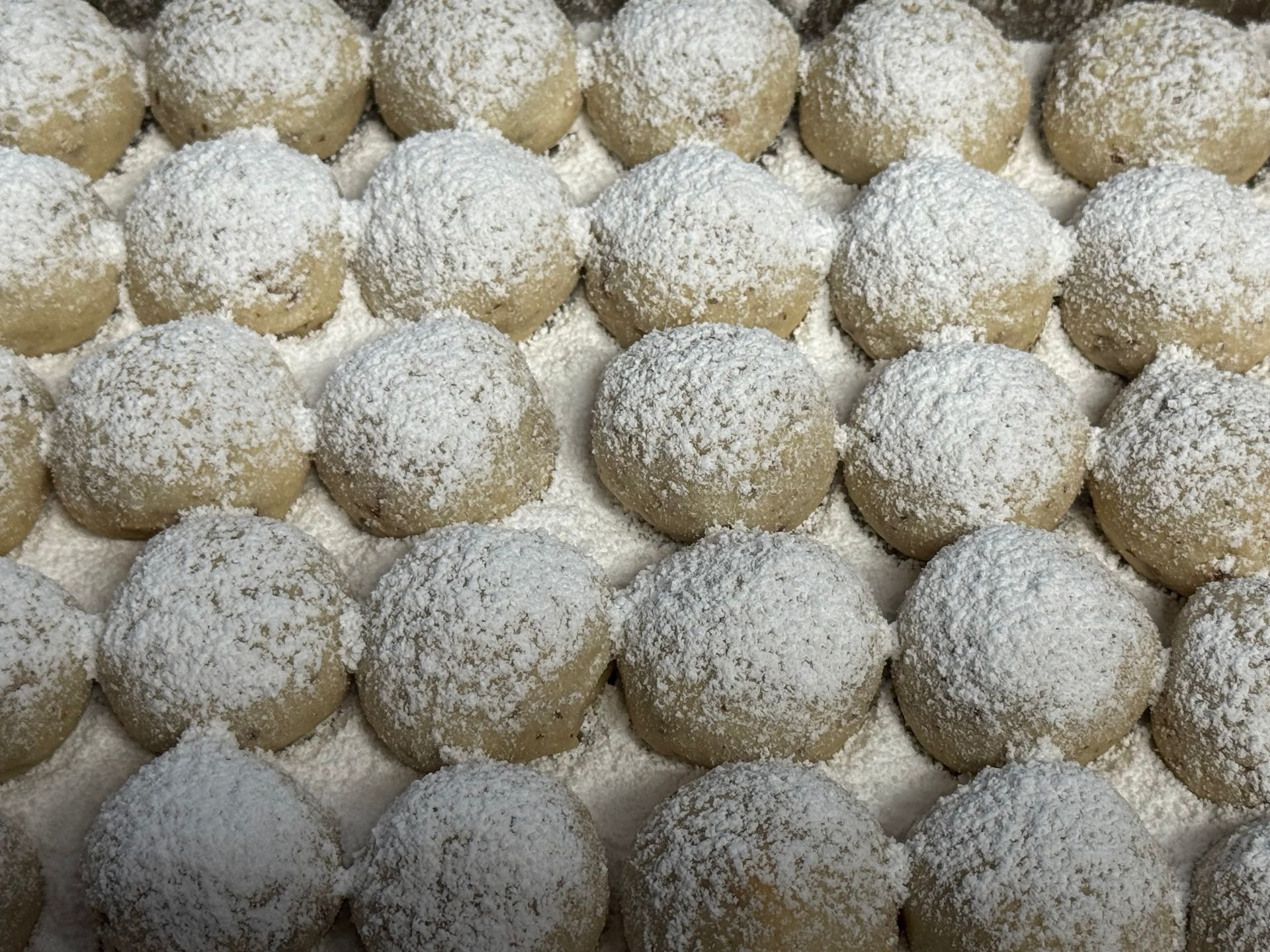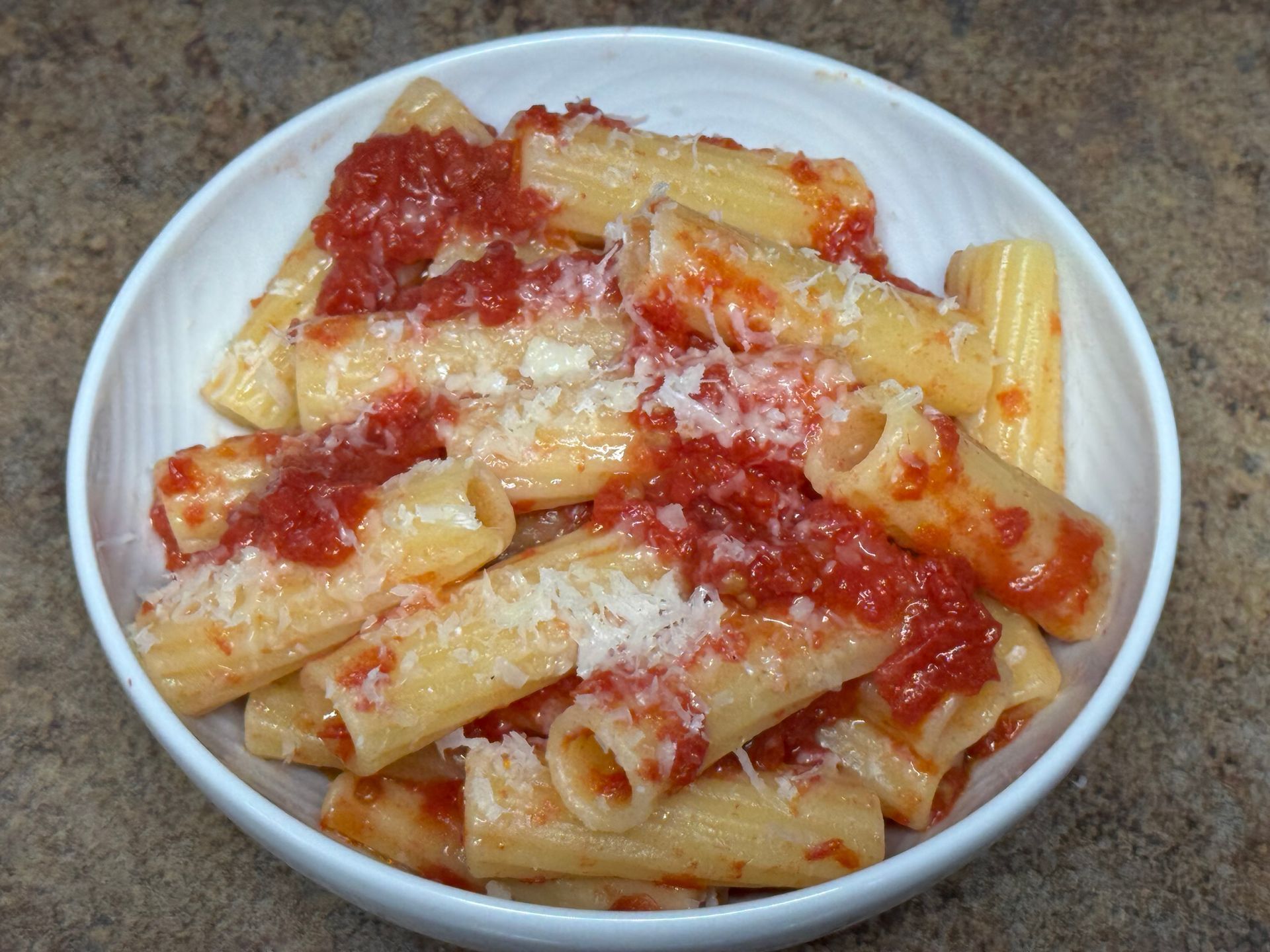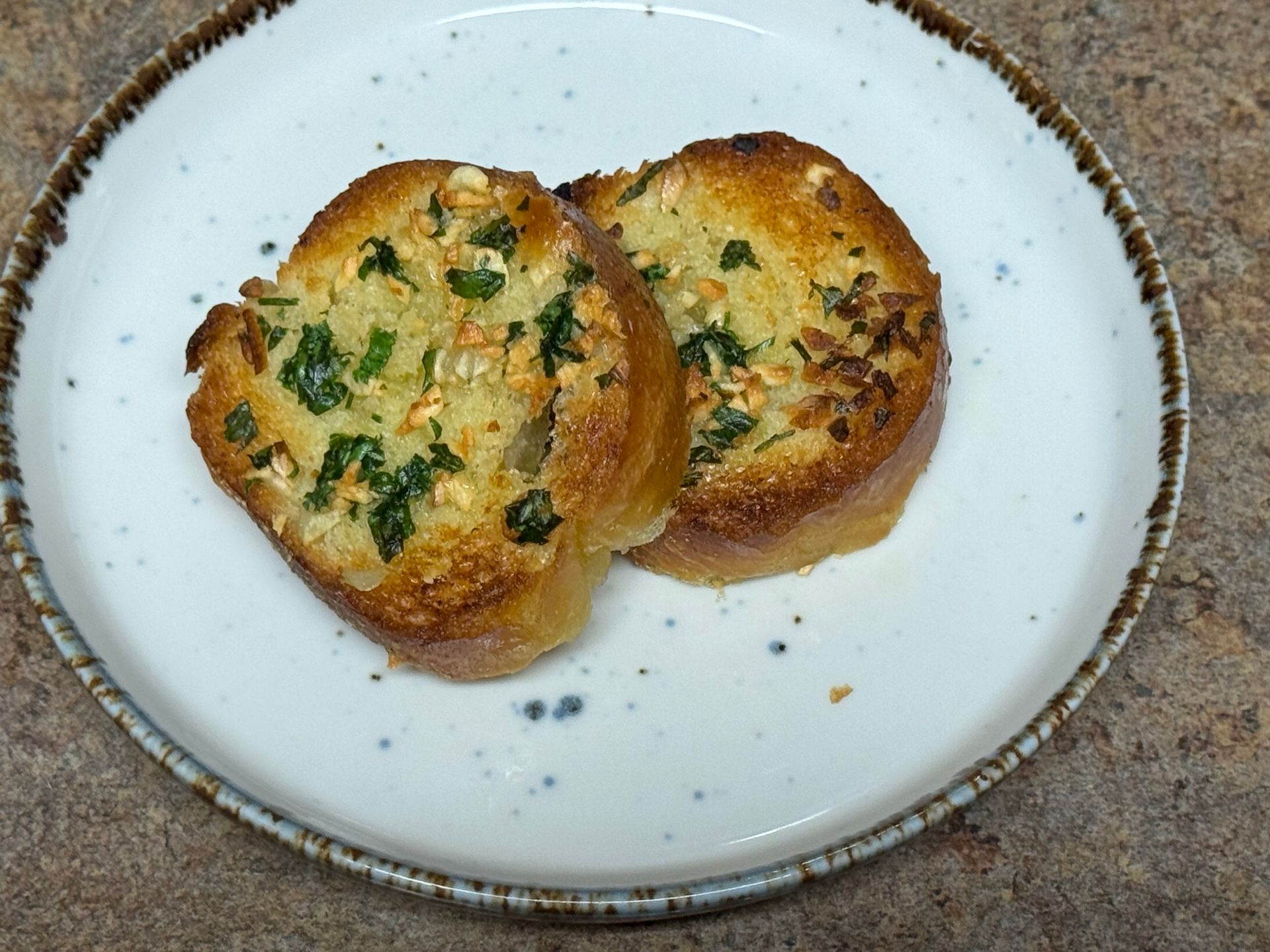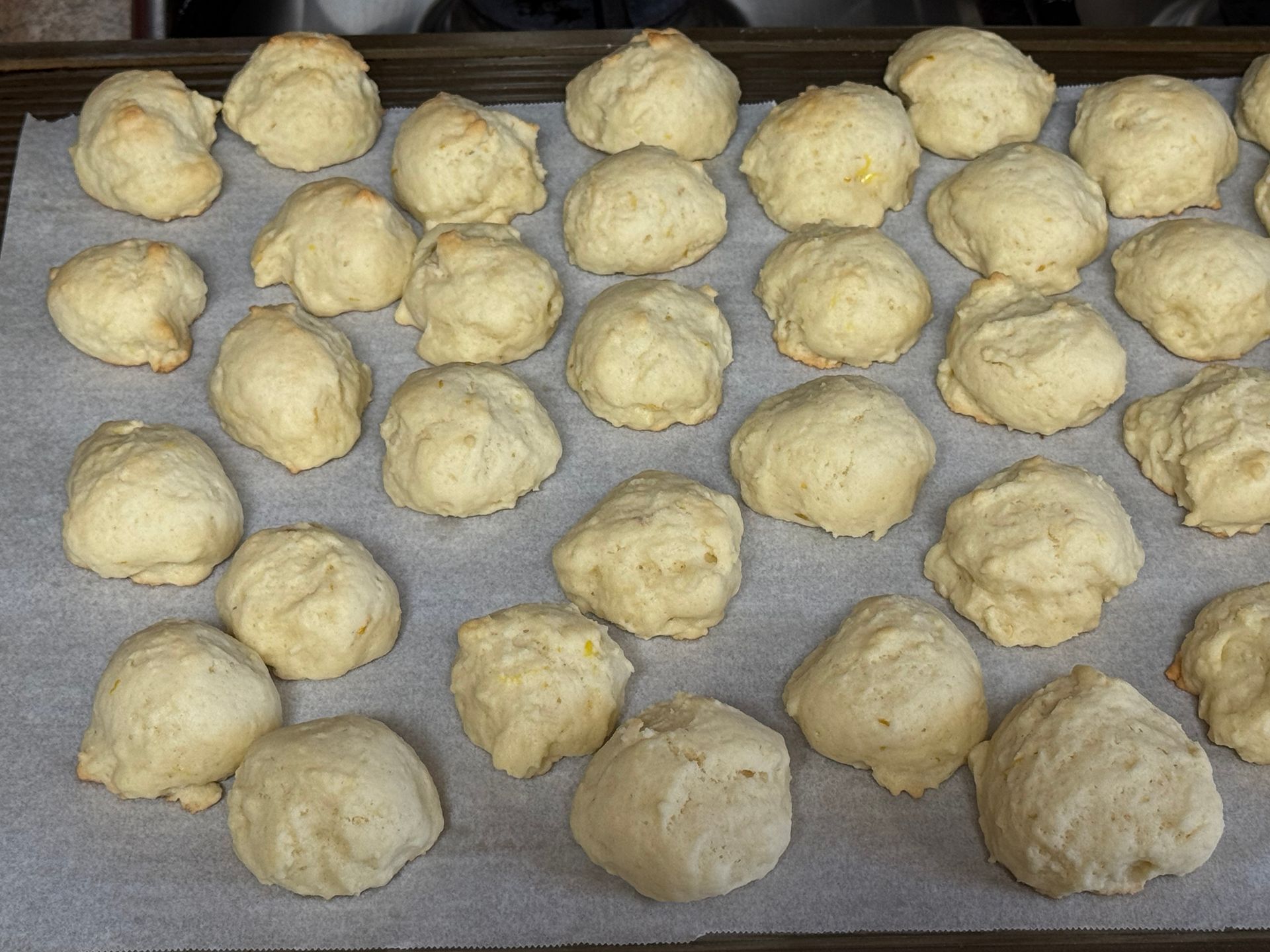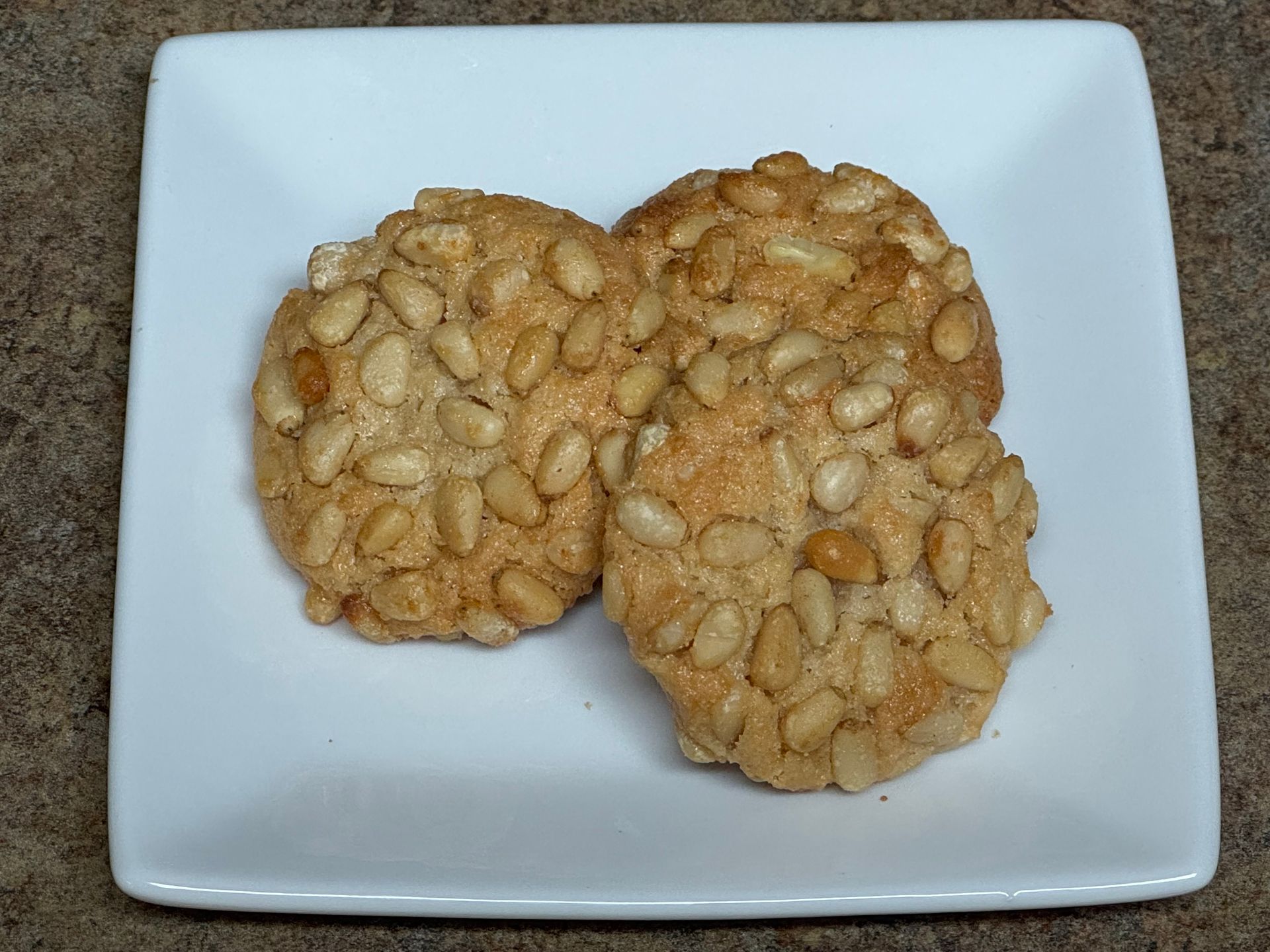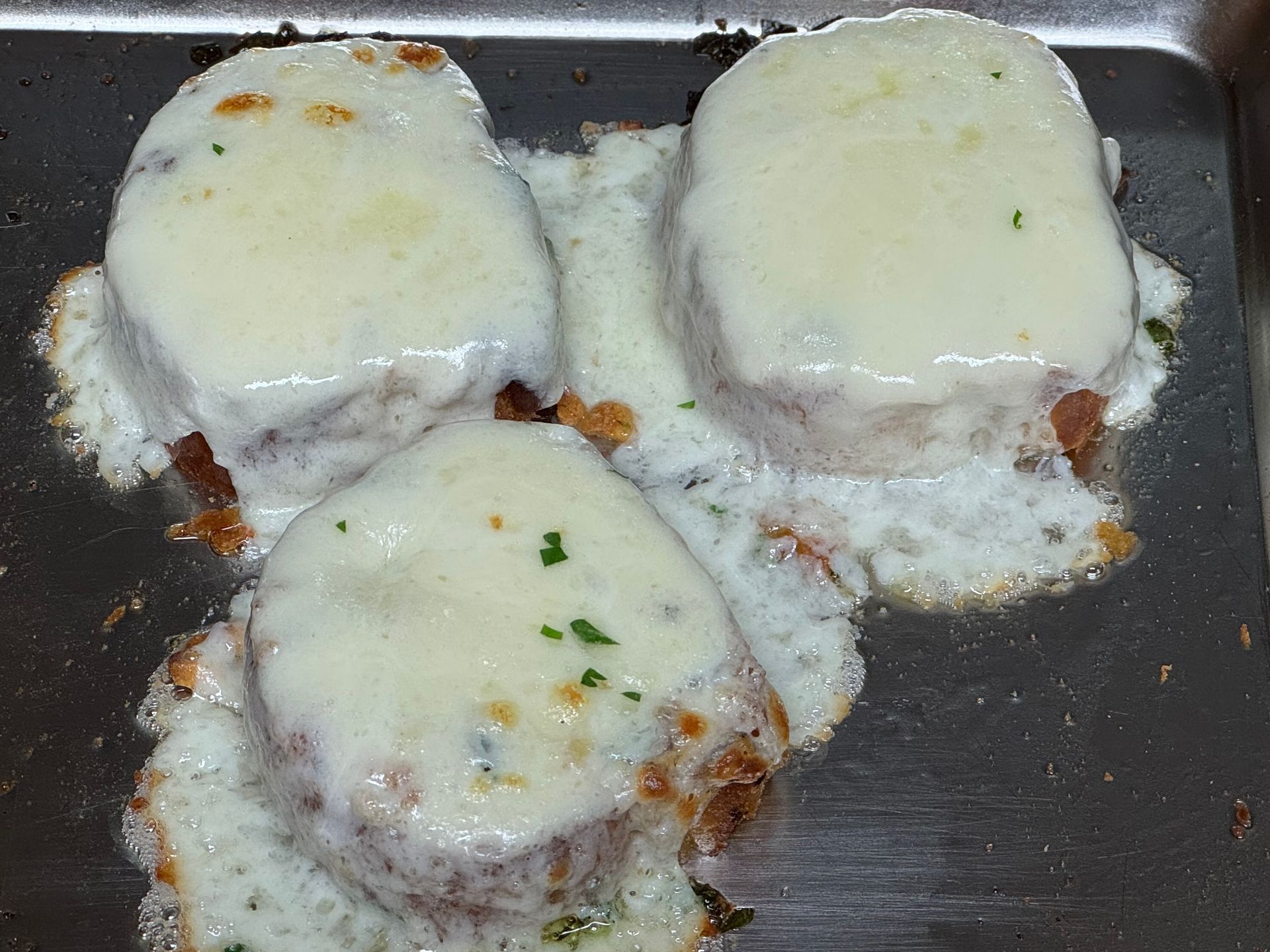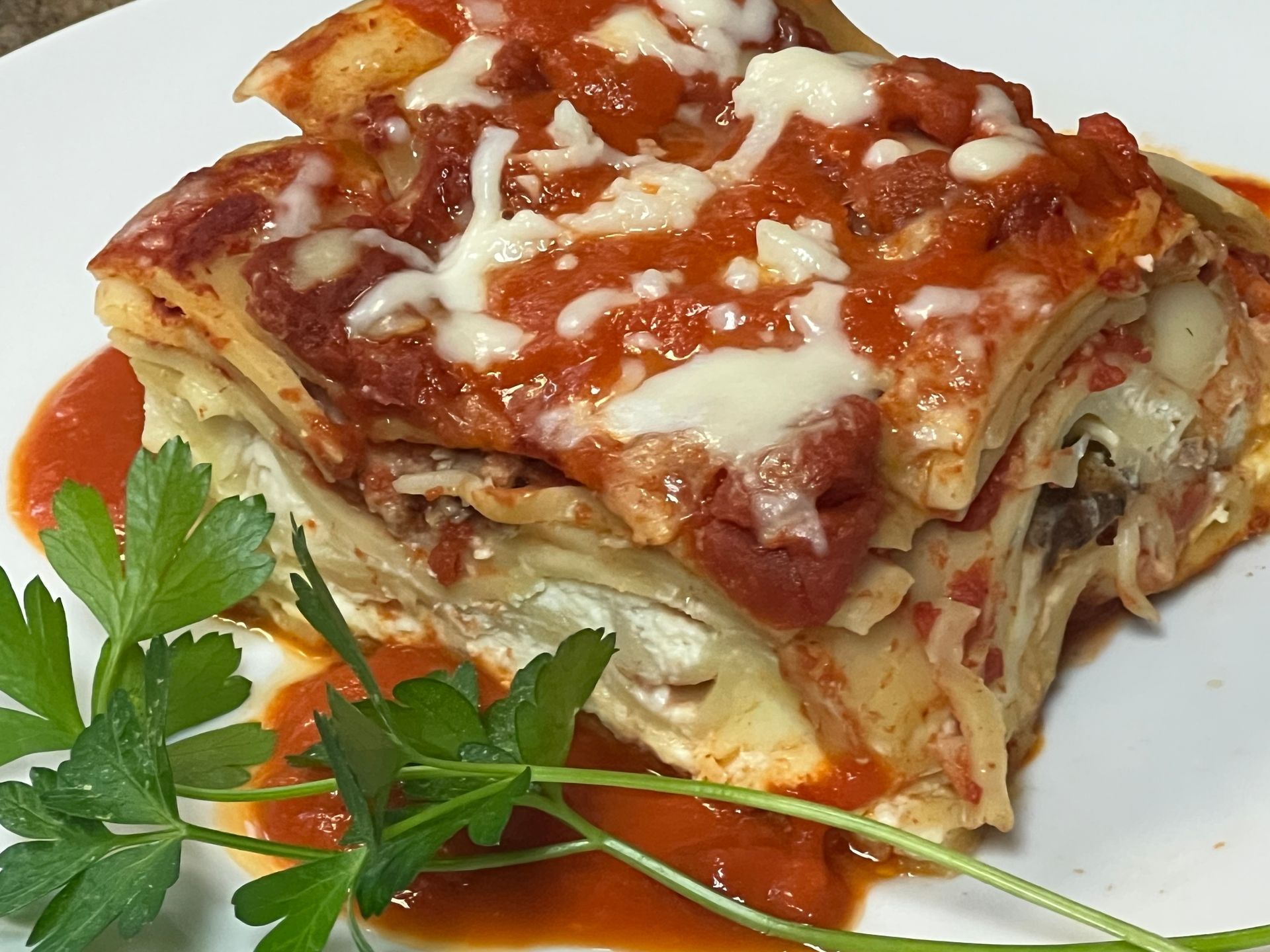
One of my first jobs in the restaurant industry was as a dishwasher/pot washer at a local diner. I worked hard to get my cleaning done quickly because the owners were generous enough to teach me how to prep—and eventually cook. I was eager to learn, and they were happy to share their knowledge.
The chef–owner’s father, a former Army cook, took particular interest in teaching me to prepare lasagna, and it’s the same foundational recipe I still use today. That early mentorship shaped my approach to cooking and sparked a lifelong appreciation for authentic, classic dishes.
Holiday Lasagna
Lasagna is one of the oldest and most beloved pasta dishes in Italian cuisine. While some versions rely on a classic Sauce Béchamel, I prefer a rich ricotta filling layered with zesty, homemade tomato sauce, plenty of shredded fresh mozzarella, grated Parmesan cheese and chopped fresh parsley. I always add a pinch of nutmeg to the ricotta mixture—just enough to enhance the flavor without overpowering it.
Years ago, I featured a seafood lasagna as a special at my restaurant, and it quickly became a guest favorite. Using this same base recipe (without the meatballs), I folded in poached lobster, crab, shrimp, and other seafood. The result was luxurious, comforting, and unforgettable.
Delicious.
Making Lasagna
Prep Time: 60 min
Cooking Time: 30 min
Yield: 6 portions
Ingredients
16 oz. Lasagna sheets
1 Tbsp Kosher salt (for the water to cook the pasta)
3 lbs Ricotta cheese
3 ea. Eggs, cracked/whisked
1 Tbsp Kosher Salt
1/4 tsp Black pepper
1/4 tsp. Nutmeg, grated
2 pints San Marzano tomato sauce (see recipe in cook book)
1 lb. Fresh Mozzarella, shredded
1/2 C. Parmesan cheese, grated
3 Tbsp Fresh Italian Parsley
optional-cooked meatballs, sausage, vegetables, seafood etc...
How to Prepare Holiday Lasagna

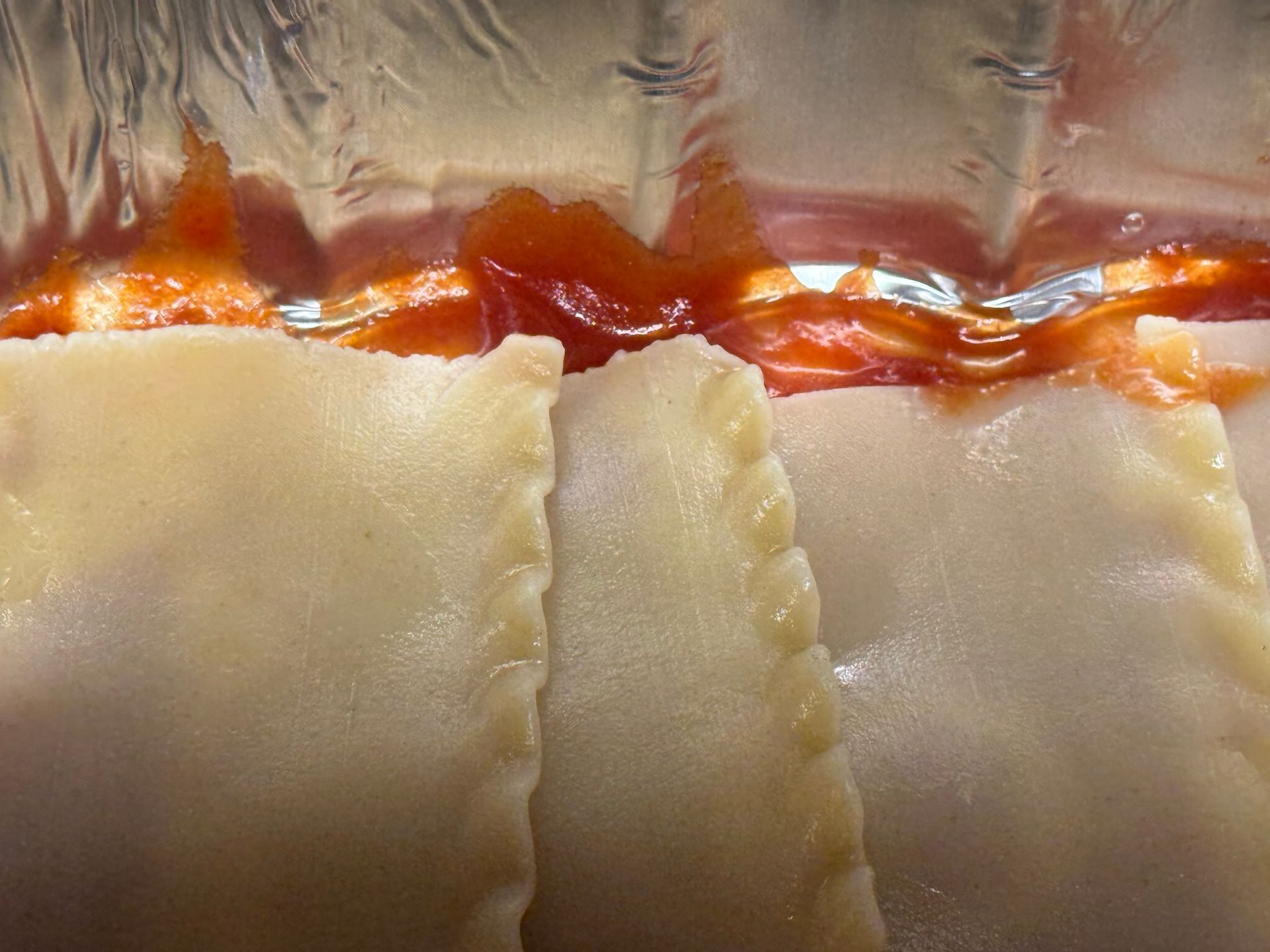
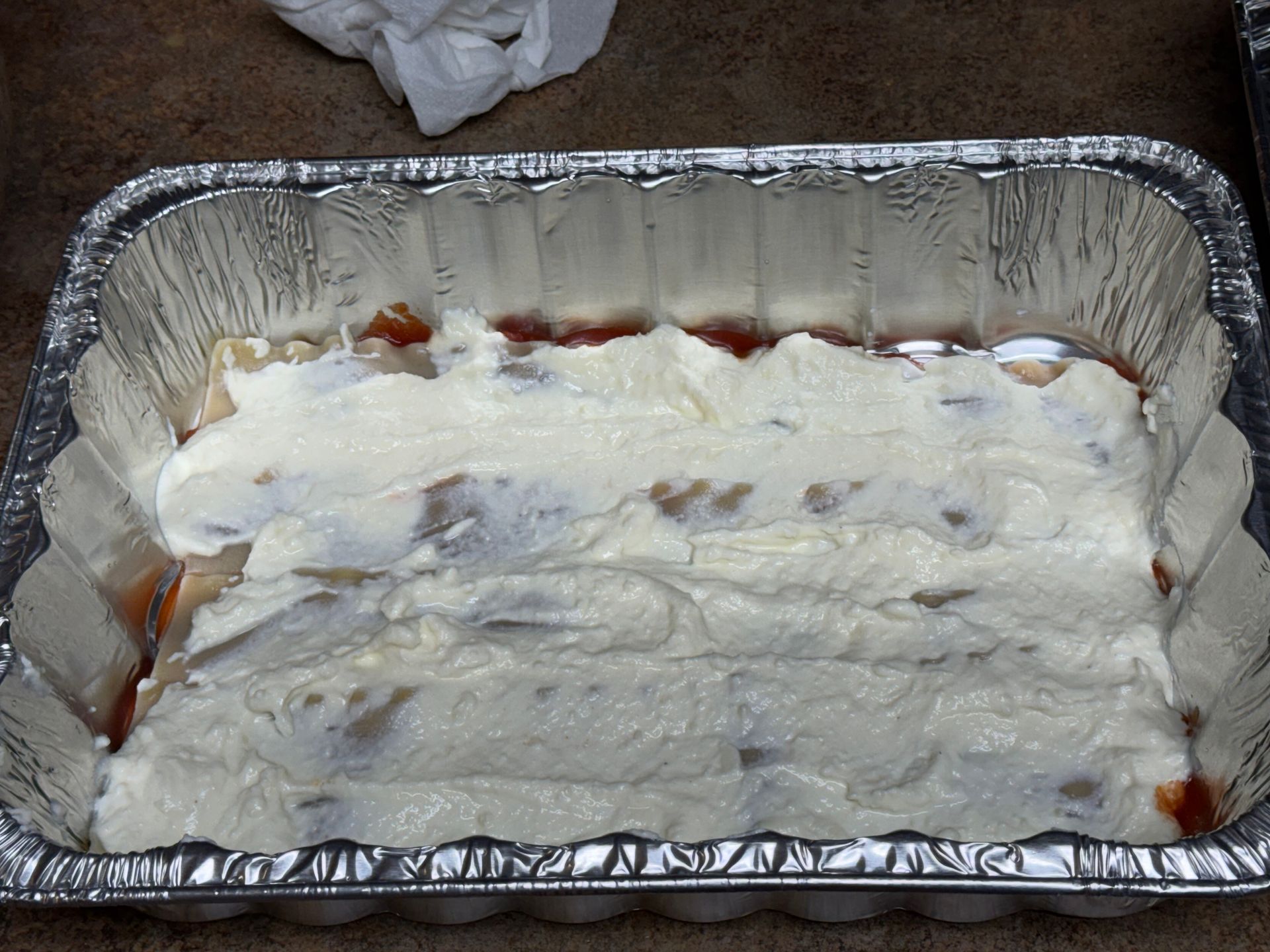
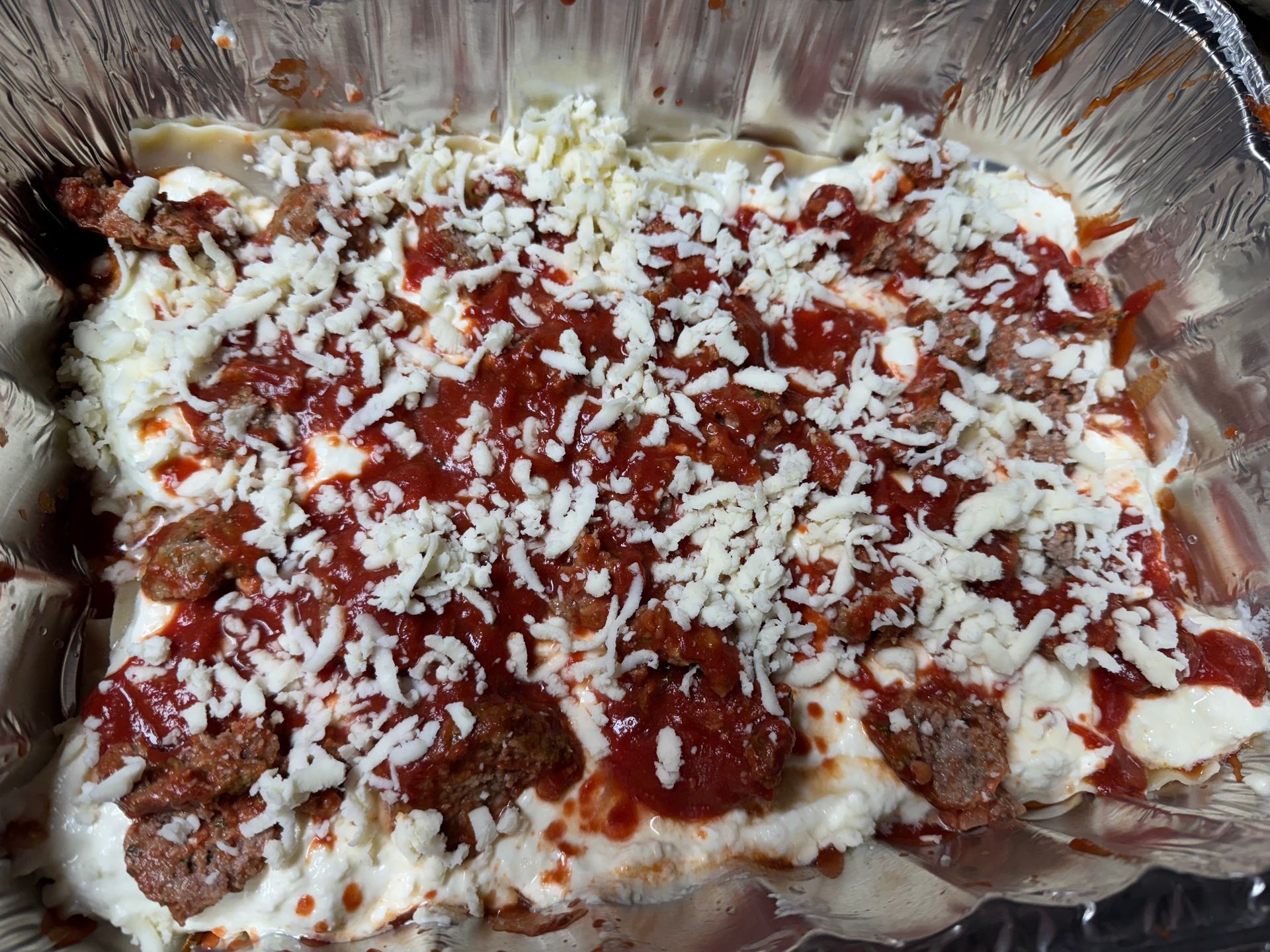
Step 1
Bring a large pot of salted water to the boil, place the lasagna pasta sheets into the water, one at a time to avoid sticking.
Simmer until tender (about 8 minutes) and strain, cool in cold water, strain and reserve on a half sheet tray; I spread the sheets out so they don't stick together.
I use 1 Tbsp Kosher salt per gallon of water.
Step 2
Put the ricotta cheese, eggs, salt, pepper, nutmeg, 1/2 lb shredded mozzarella, 1/2 the grated parmesan cheese and chopped parsley into a bowl. Whisk together.
(I add one egg for each pound of ricotta cheese).
Step 3
Ladle a few ounces of tomato sauce in the bottom of the casserole or tray you will make the lasagna in.
Place 3 or 4 cooked, lasagna noodles onto the sauce slightly overlapping-depending on how wide your pan is. Ladle a few more ounces of sauce over the noodles. Spoon 1/3 of the ricotta mixture over the sauce and spread it out evenly.
Add some sliced meatballs (optional) and 1/3 of the shredded mozzarella and 1/3 of the grated parmesan cheese onto the meatballs, then repeat 2 more times building the lasagna.
Note: Lay each layer of lasagna sheets in the opposite direction. This will make the lasagna firm and slice well.
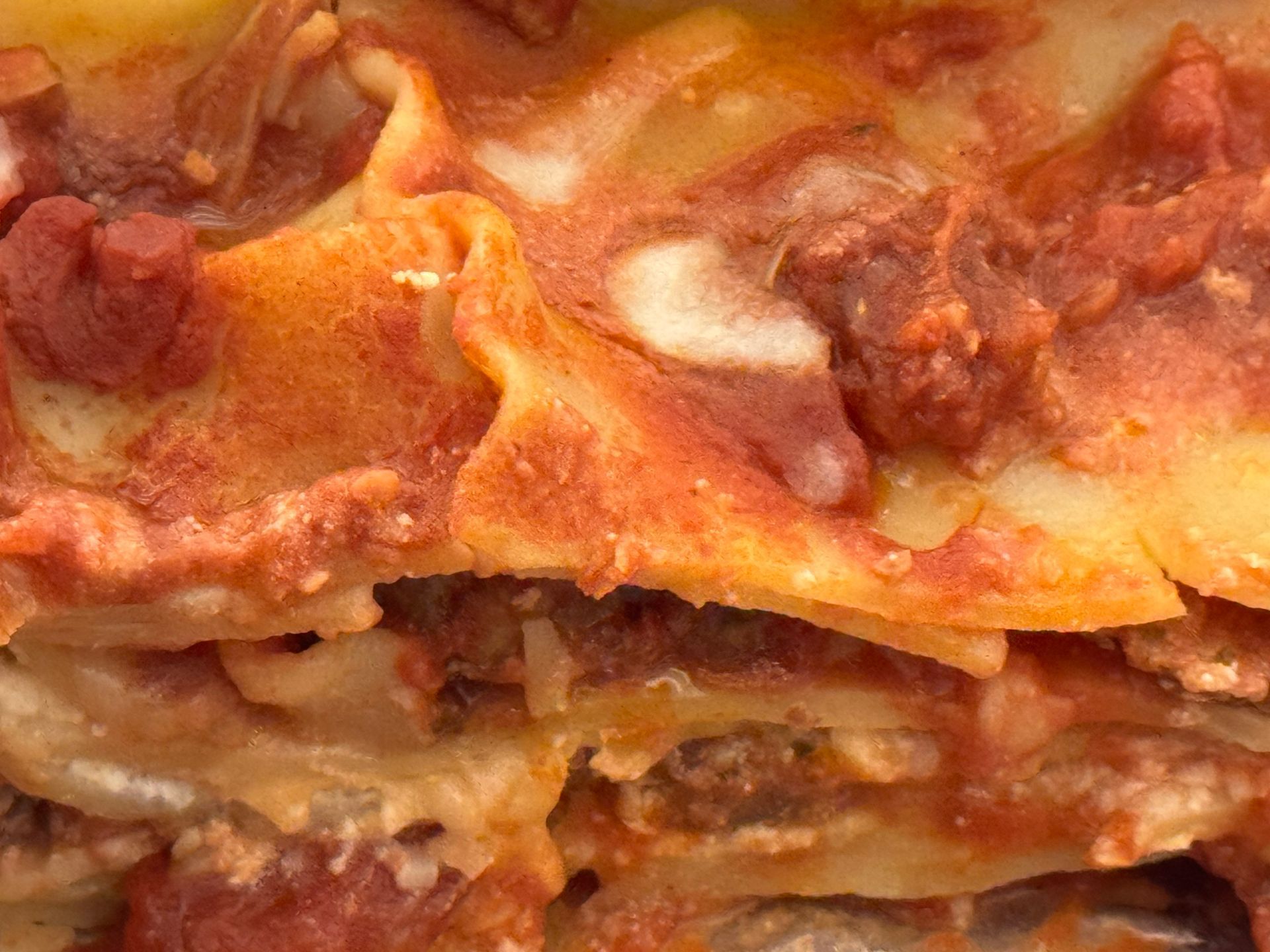
Ladle the remaining sauce on top and sprinkle a little mozzarella for decoration. Bake in a preheated oven for one hour at 300 F. Let the lasagna cool for 15 minutes to set before slicing.
Place a sheet of foil over the top if the lasagna is browning or drying too quickly.
You can add cooked sausages, mushrooms, eggplants, seafood etc... in between the layers to create a vegetable lasagna or seafood lasagna etc...
